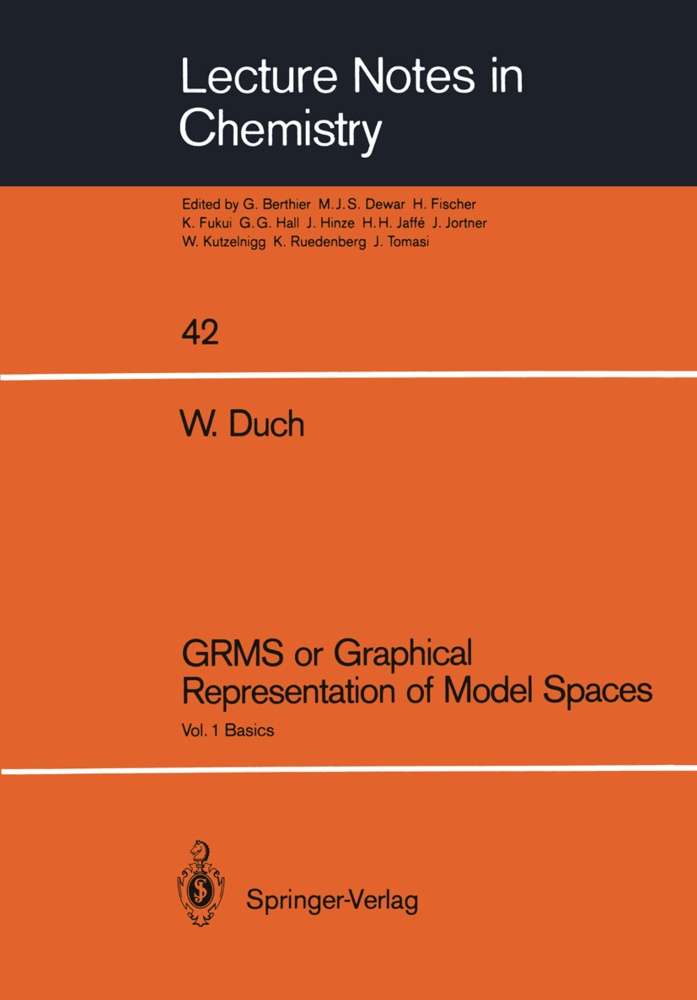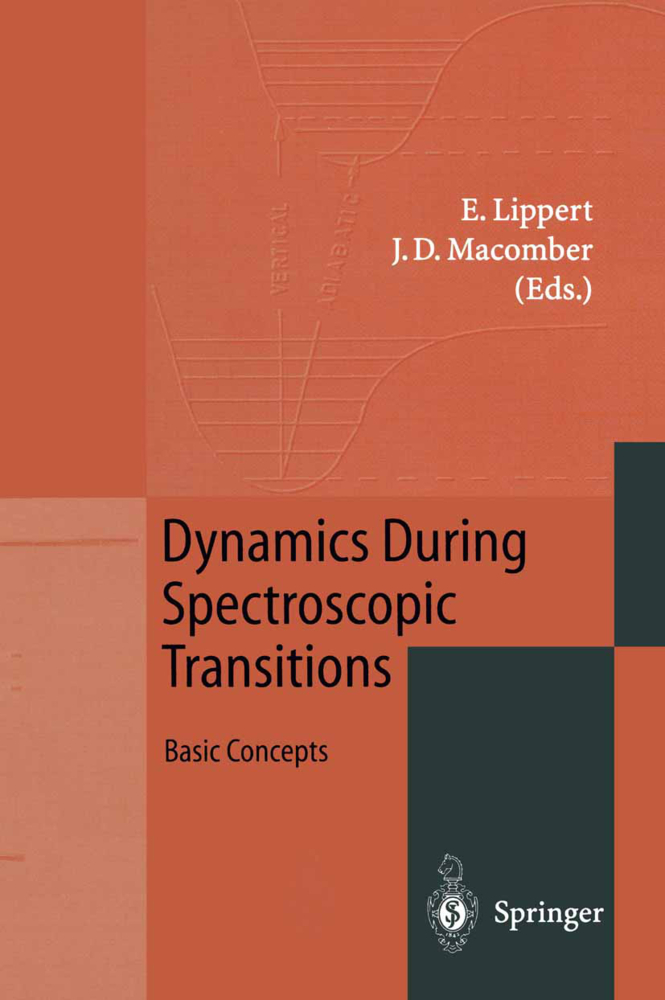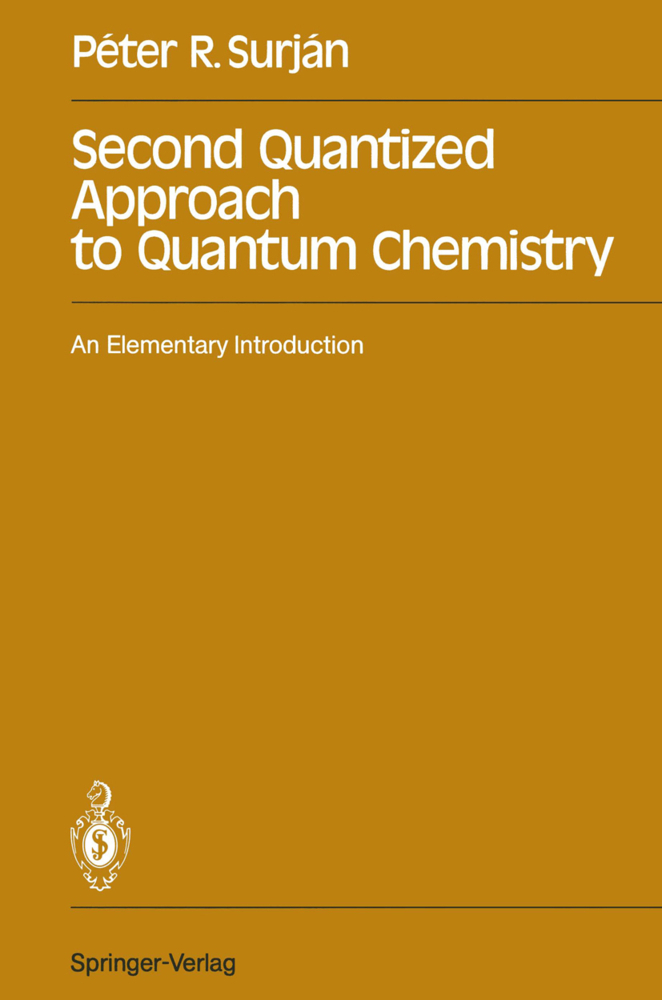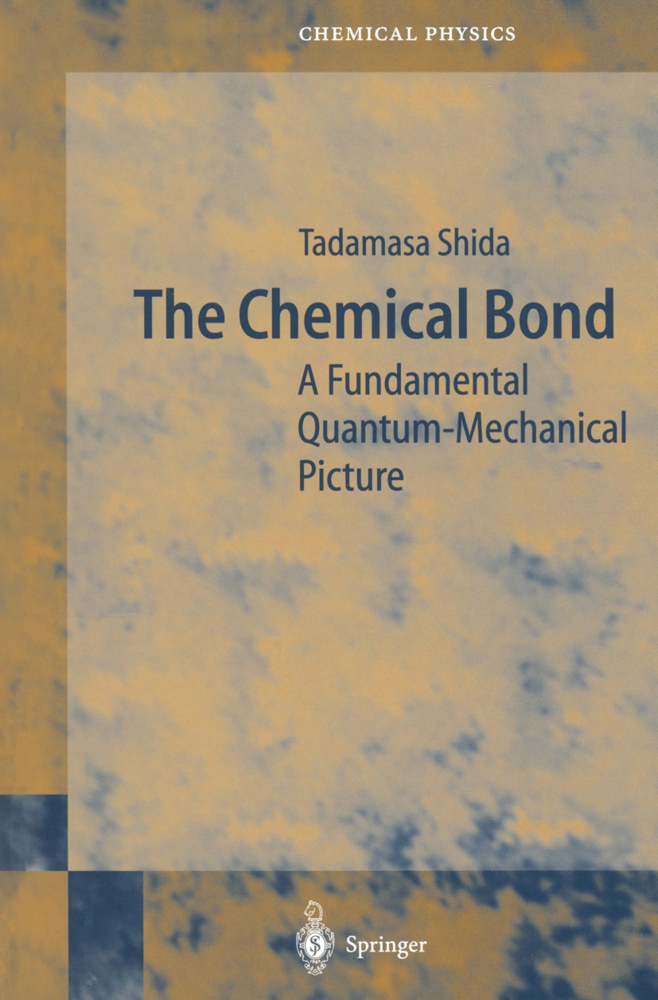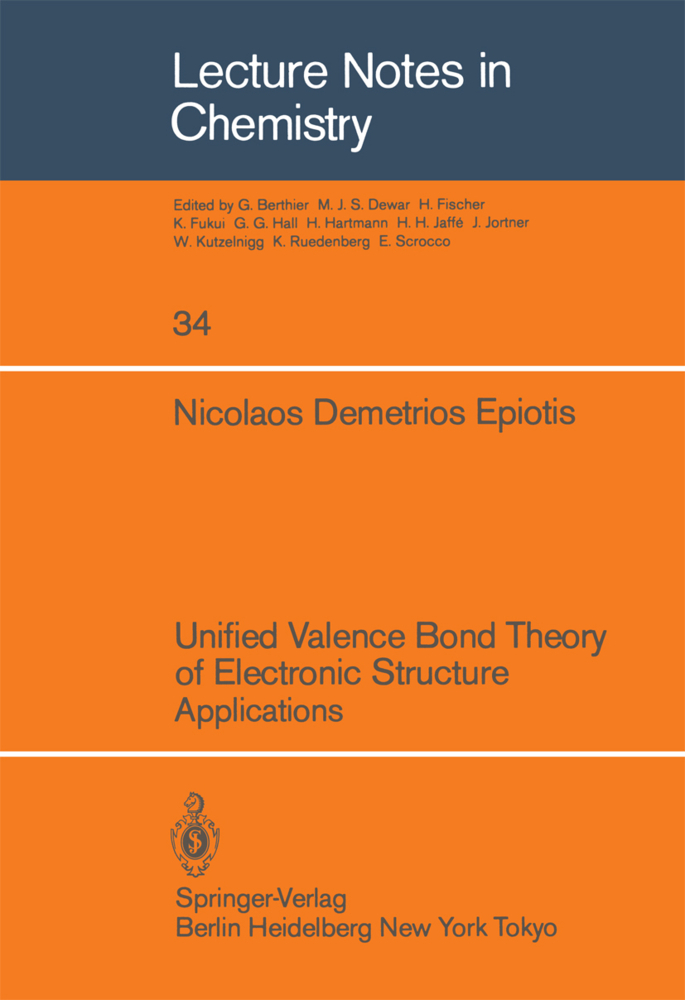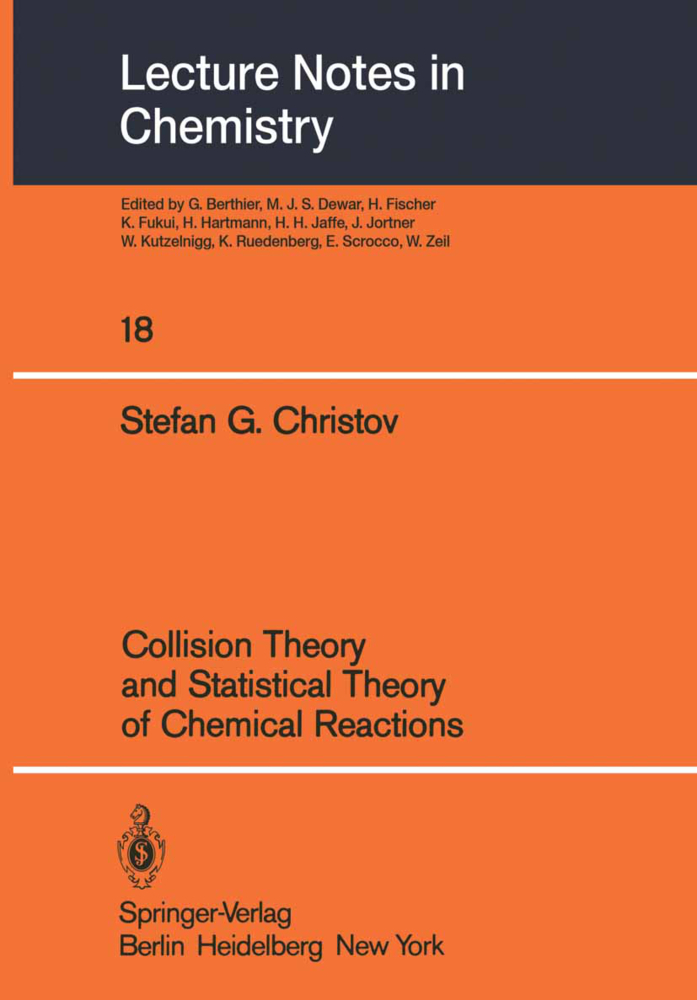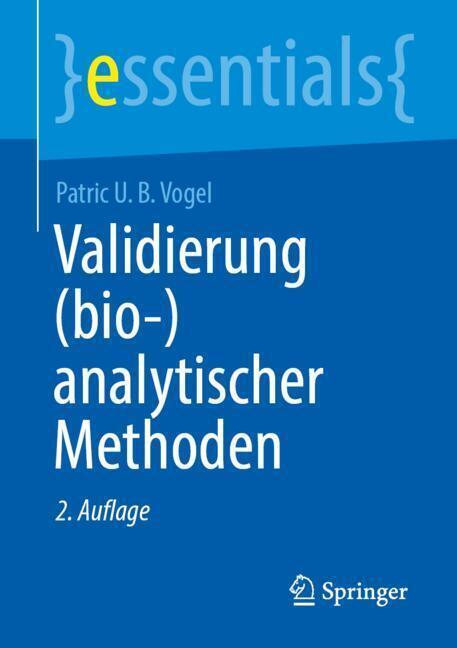GRMS or Graphical Representation of Model Spaces
GRMS or Graphical Representation of Model Spaces
The purpose of these notes is to give some simple tools and pictures to physicists and ' chemists working on the many-body problem. Abstract thinking and seeing have much in common - we say "I see" meaning "I understand" , for example. Most of us prefer to have a picture of an abstract object. The remarkable popularity of the Feynman diagrams, and other diagrammatic approaches to many-body problem derived thereof, may be partially due to this preference. Yet, paradoxically, the concept of a linear space, as fundamental to quantum physics as it is, has never been cast in a graphical form. We know that is a high-order contribution to a two-particle scattering process (this one invented by Cvitanovic(1984)) corresponding to a complicated matrix element. The lines in such diagrams are labeled by indices of single-particle states. When things get complicated at this level it should be good to take a global view from the perspective of the whole many-particle space. But how to visualize the space of all many-particle states ? Methods of such visualization or graphical representation of the ,spaces of interest to physicists and chemists are the main topic of this work.
I: Architecture of Model Spaces
1.1 Introducing graphical representation
1.2 Labeling and ordering the paths
1.3 ?z-adapted graphs in different forms
1.4 $${\hat{L}}$$z-adapted graphs
1.5 ($${\hat{L}}$$z,?z)-adapted graphs
1.6 ?2 -adapted graphs
1.7 ($${\hat{L}}$$z,?2)-adapted graphs
1.8 ($${\hat{L}}$$2,?2)-adapted graphs
1.9 (?2,$${\hat{T}}$$2)-adapted graphs
1.10 Spatial symmetry in the graph
1.11 Visualization of restricted model spaces
1.12 Physical intuitions and graphs
1.13 Mathematical remarks
1.14 Graphs and computers
1.15 Summary and open problems
II: Quantum Mechanics in Finite Dimensional Spaces
2 Matrix elements in model spaces
2.1 The shift operators
2.2 General formulas for matrix elements
2.3 Matrix elements in the ?z and $${\hat{L}}$$z- adapted spaces
2.4 Reduction from ?z to ?2 eigenspace
2.5 Matrix elements in the ?2-adapted space
2.6 Non-fagot graphs and the ?2-adapted space
References.
1. Preface
2. IntroductionI: Architecture of Model Spaces
1.1 Introducing graphical representation
1.2 Labeling and ordering the paths
1.3 ?z-adapted graphs in different forms
1.4 $${\hat{L}}$$z-adapted graphs
1.5 ($${\hat{L}}$$z,?z)-adapted graphs
1.6 ?2 -adapted graphs
1.7 ($${\hat{L}}$$z,?2)-adapted graphs
1.8 ($${\hat{L}}$$2,?2)-adapted graphs
1.9 (?2,$${\hat{T}}$$2)-adapted graphs
1.10 Spatial symmetry in the graph
1.11 Visualization of restricted model spaces
1.12 Physical intuitions and graphs
1.13 Mathematical remarks
1.14 Graphs and computers
1.15 Summary and open problems
II: Quantum Mechanics in Finite Dimensional Spaces
2 Matrix elements in model spaces
2.1 The shift operators
2.2 General formulas for matrix elements
2.3 Matrix elements in the ?z and $${\hat{L}}$$z- adapted spaces
2.4 Reduction from ?z to ?2 eigenspace
2.5 Matrix elements in the ?2-adapted space
2.6 Non-fagot graphs and the ?2-adapted space
References.
Duch, Wlodzislaw
| ISBN | 978-3-540-17169-0 |
|---|---|
| Artikelnummer | 9783540171690 |
| Medientyp | Buch |
| Copyrightjahr | 1986 |
| Verlag | Springer, Berlin |
| Umfang | V, 189 Seiten |
| Abbildungen | V, 189 p. |
| Sprache | Englisch |

